MORELOS COMPLEX
The objective of this work is to identify the problems that the area of the historic center of Guadalajara has faced, especially the area adjacent to Morelos Park.
After multiple site visits, interviews with the inhabitants, research and observation, a comprehensive project is proposed that breaks with the stigmas of the area.
The aim is to create a space that serves as a link between and for the community, where the interaction between inhabitants is resumed as a focal point, thus launching a social reactivation and an improvement in the social network.
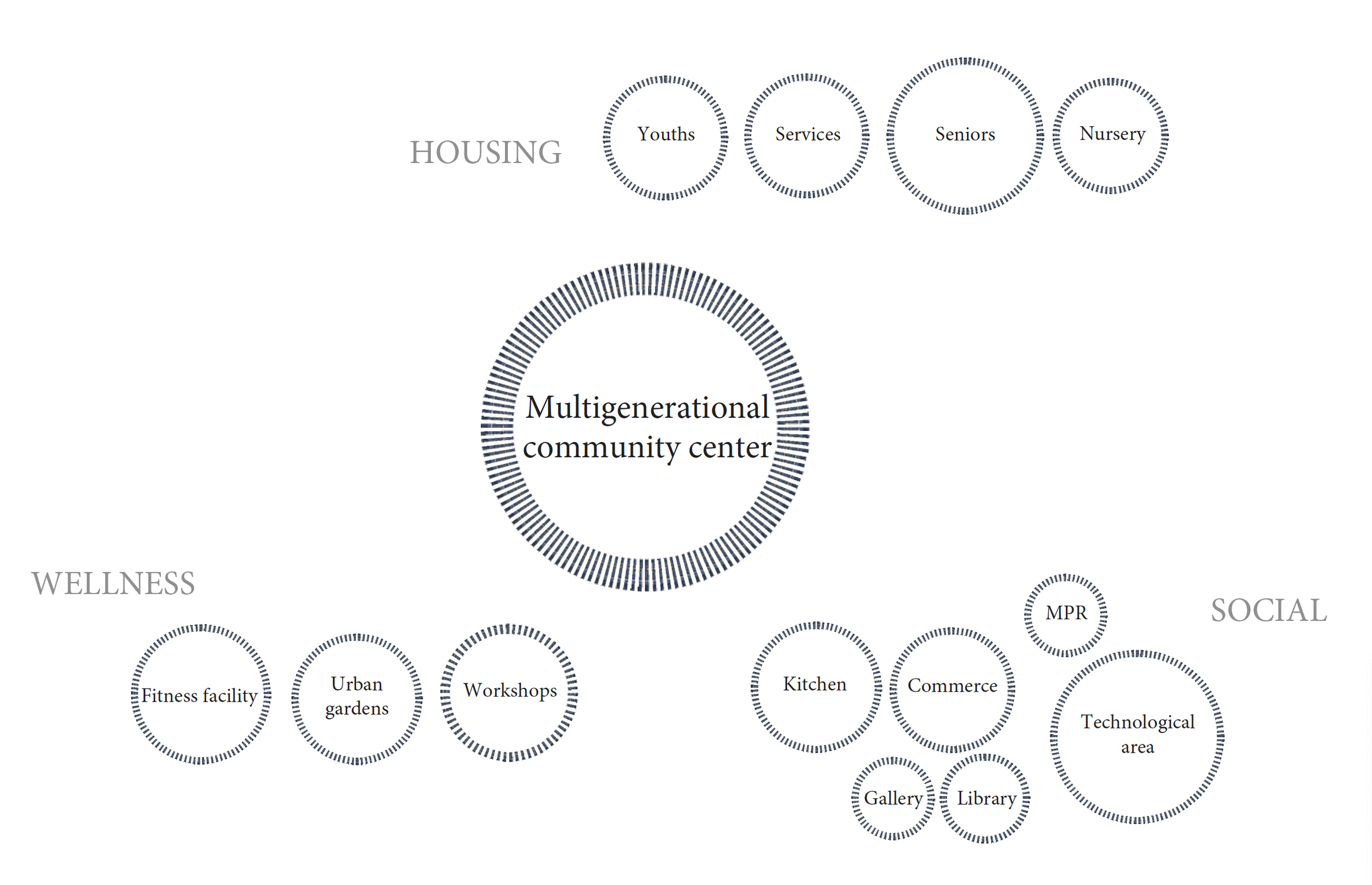
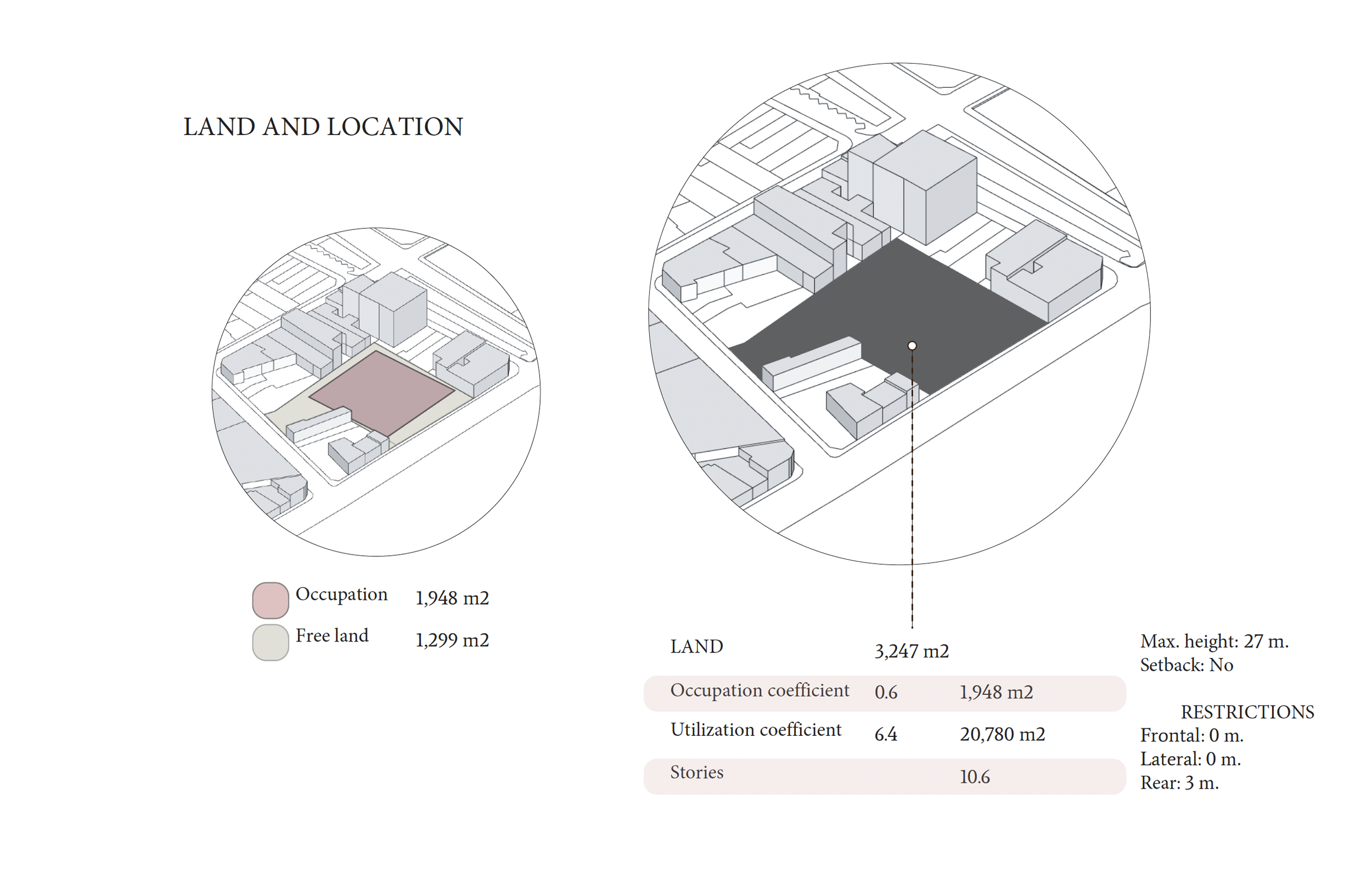
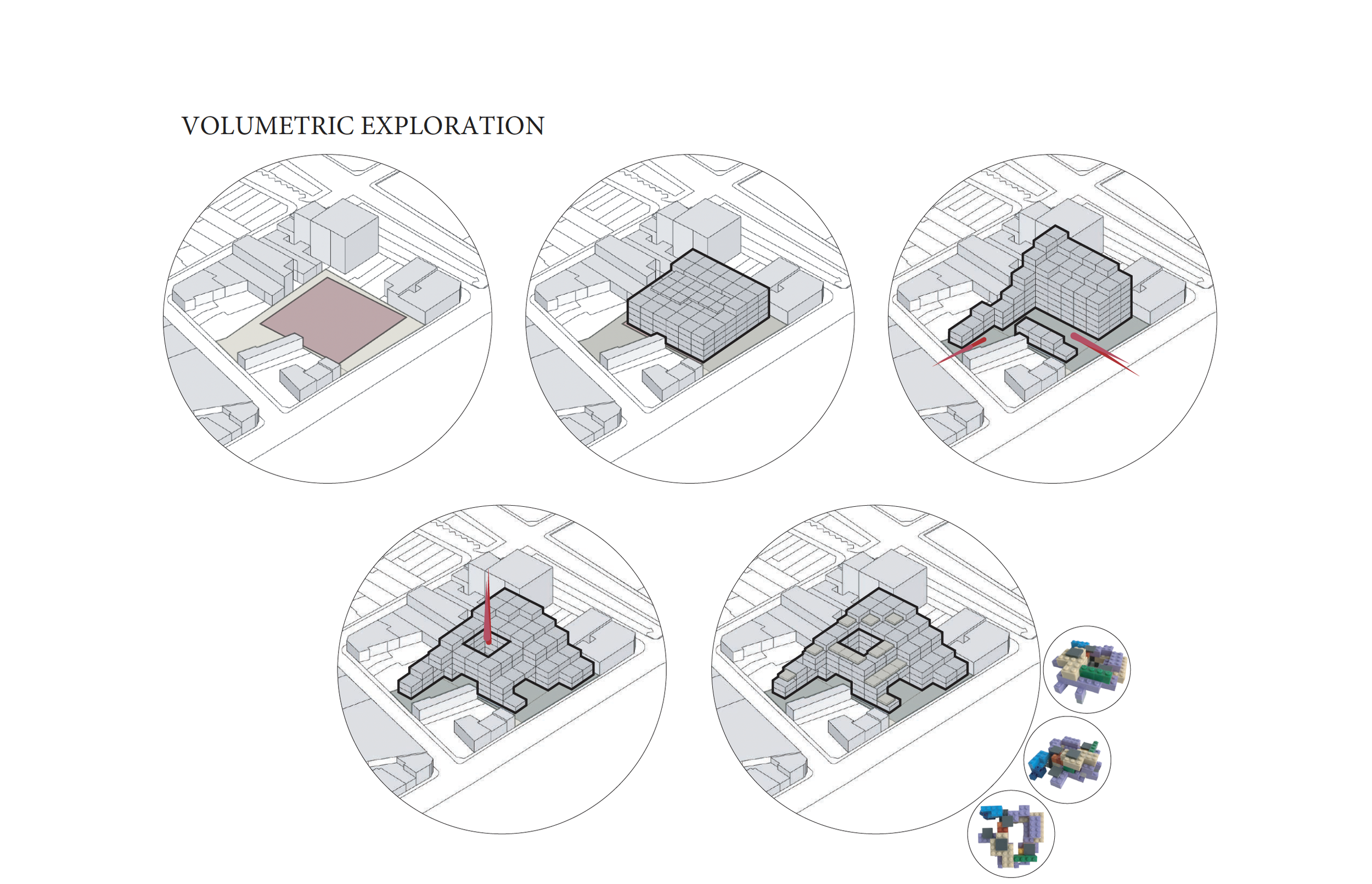
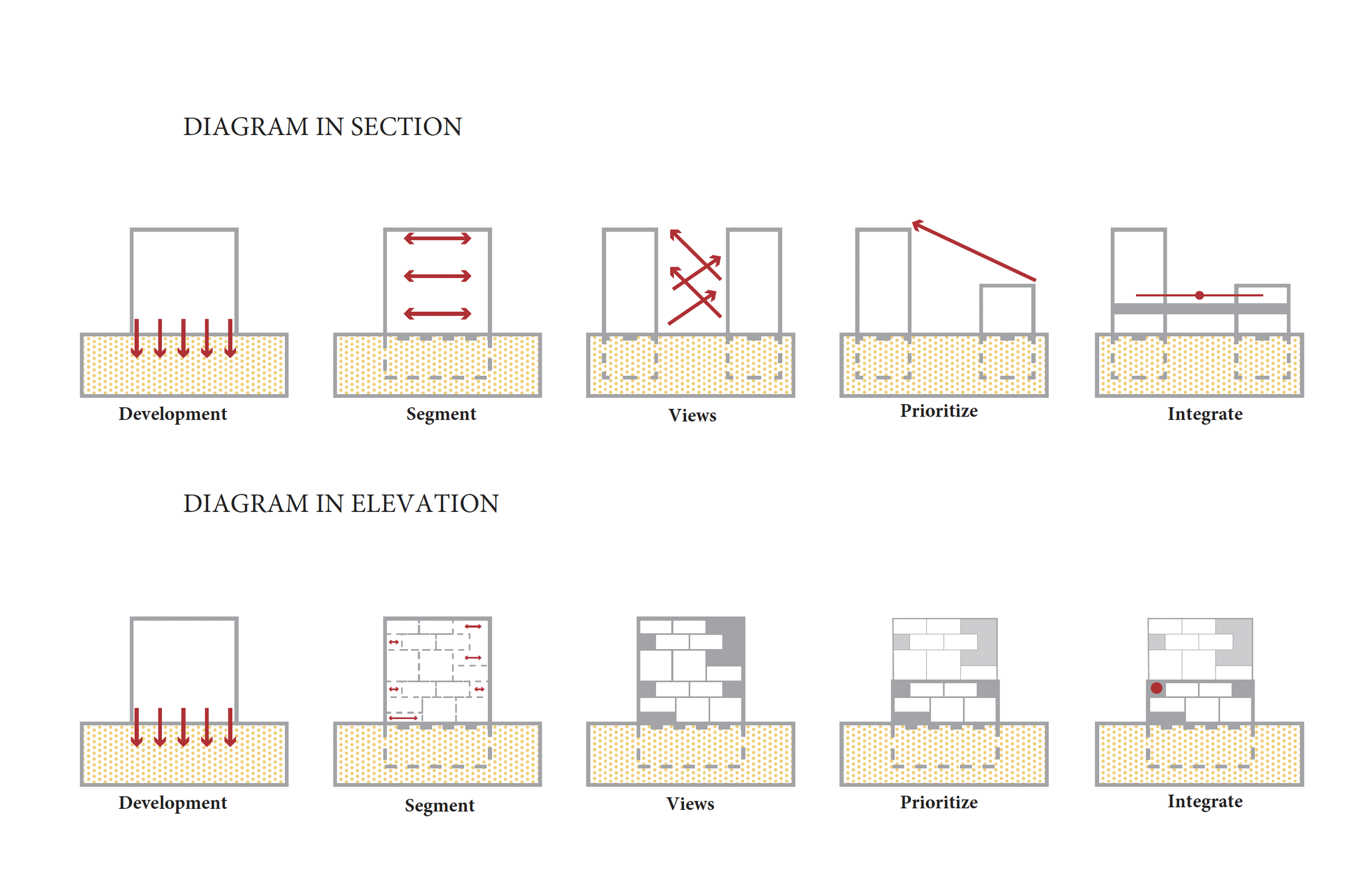
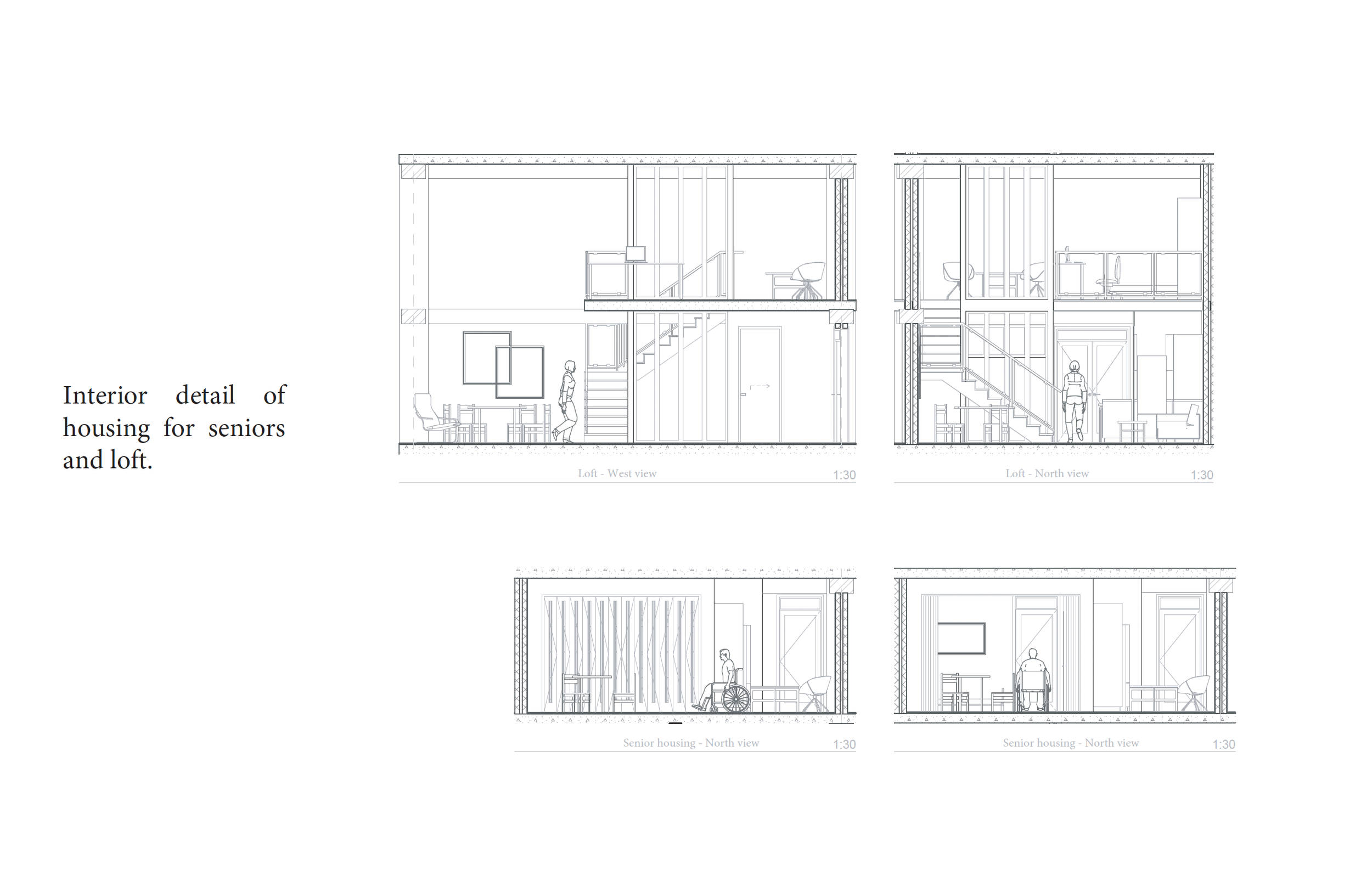
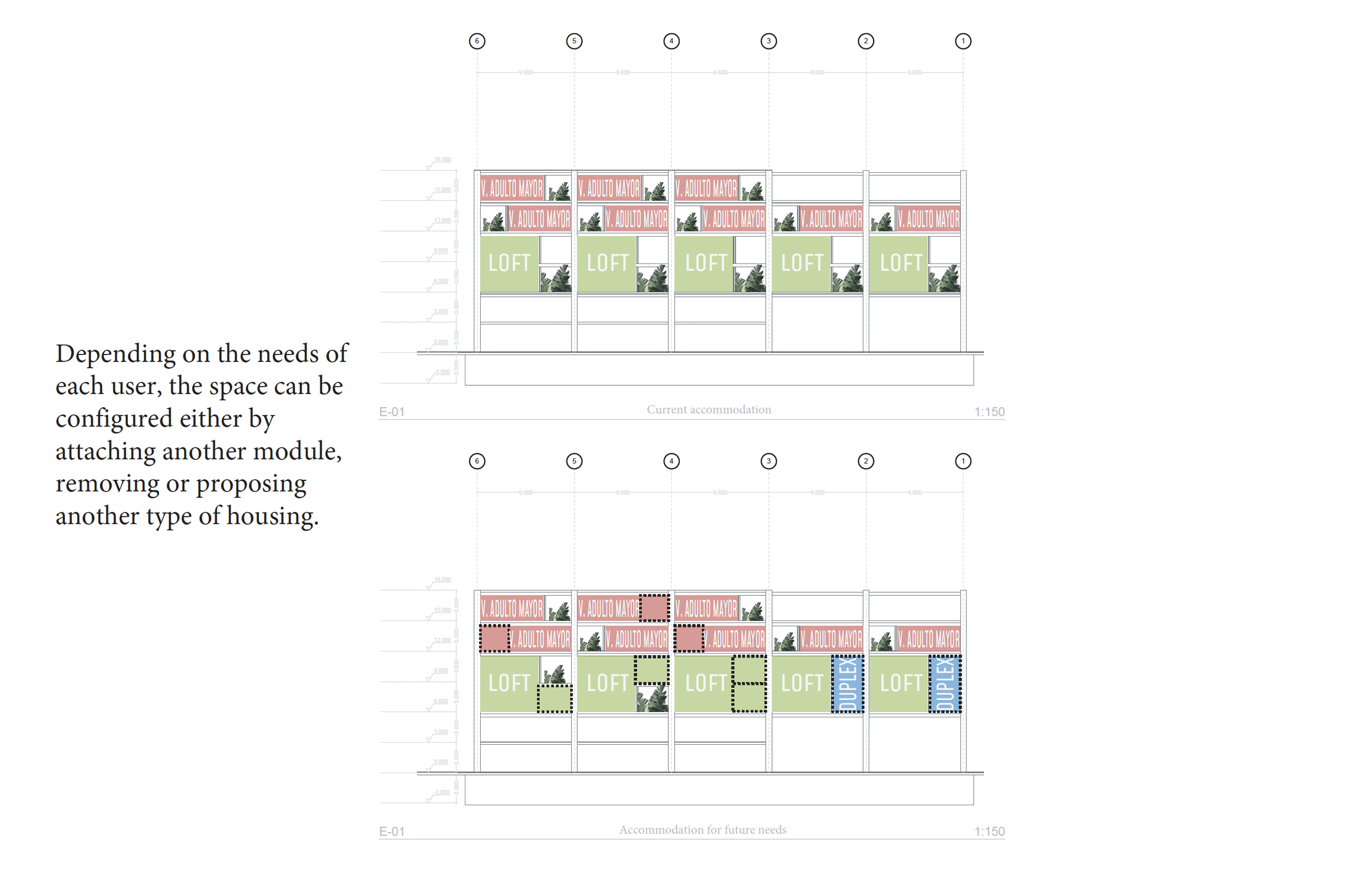
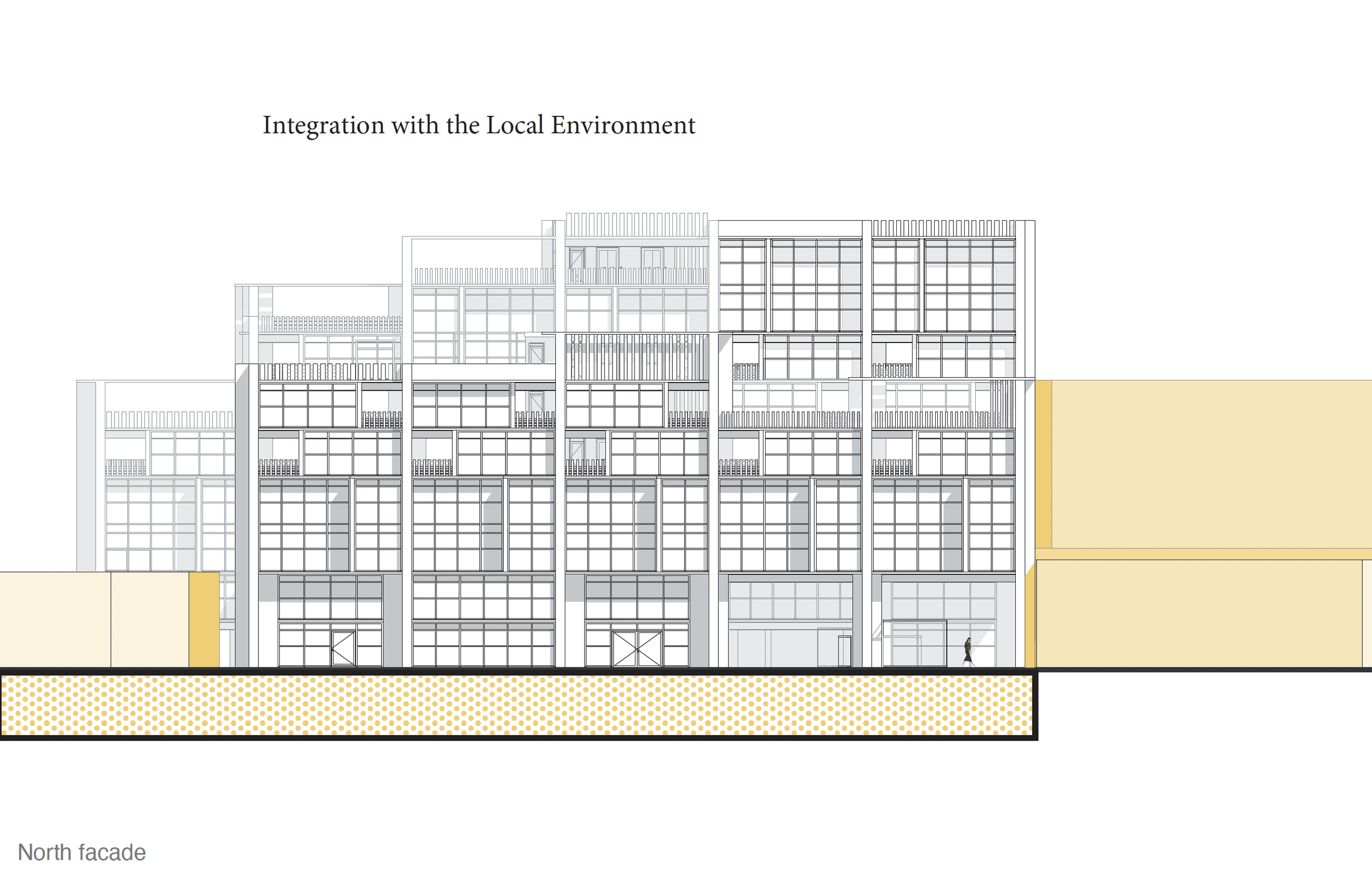
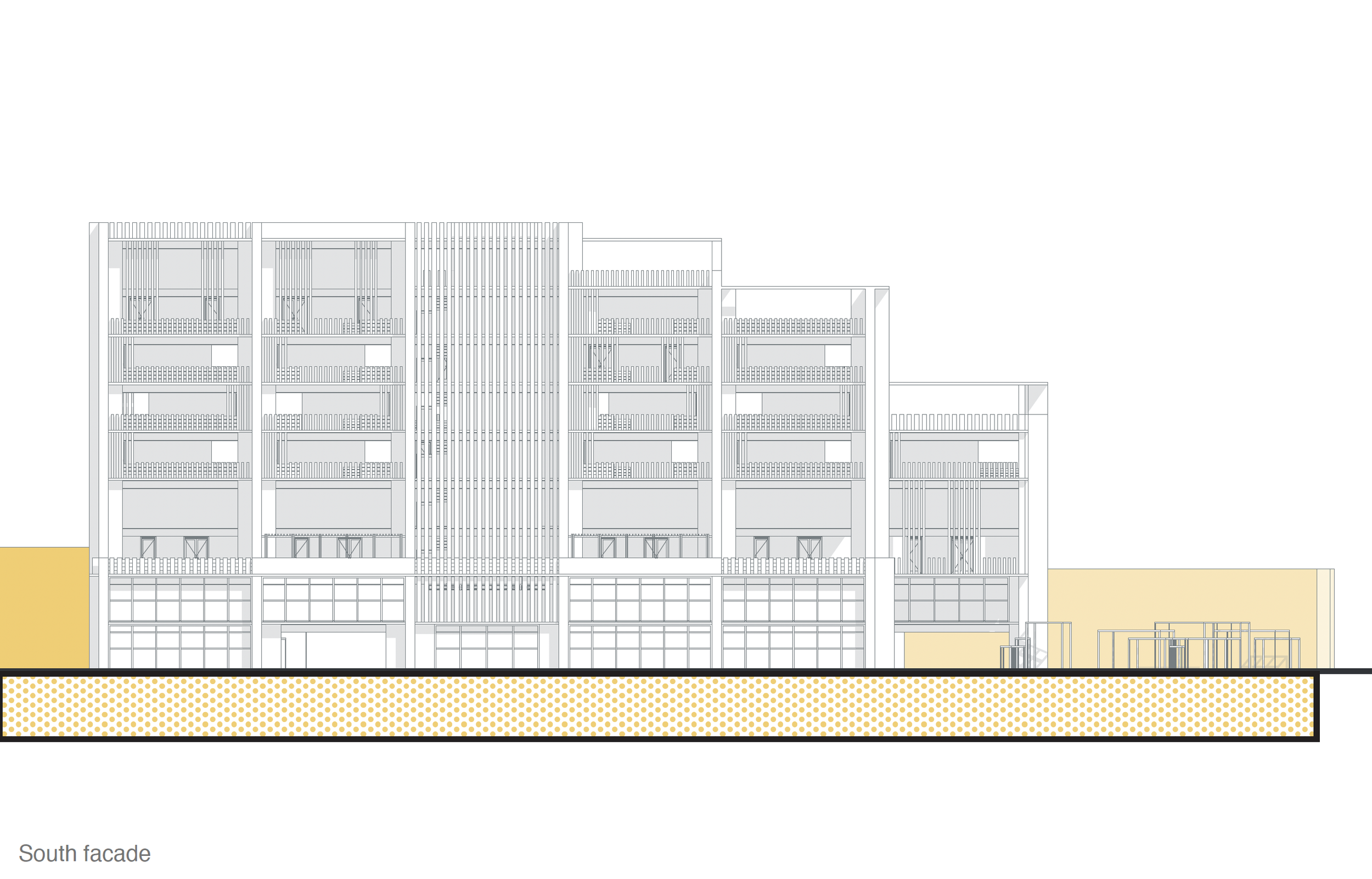
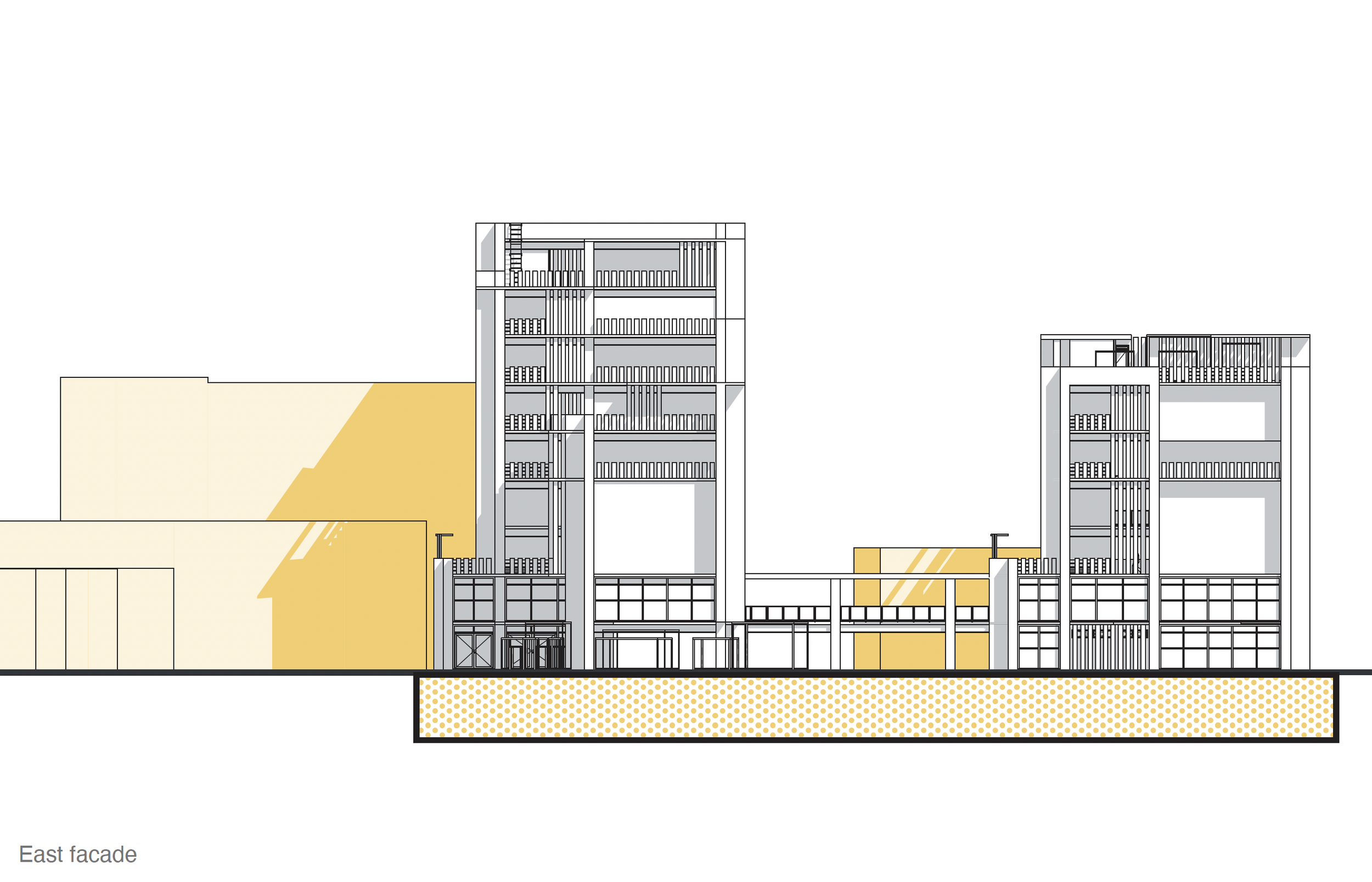
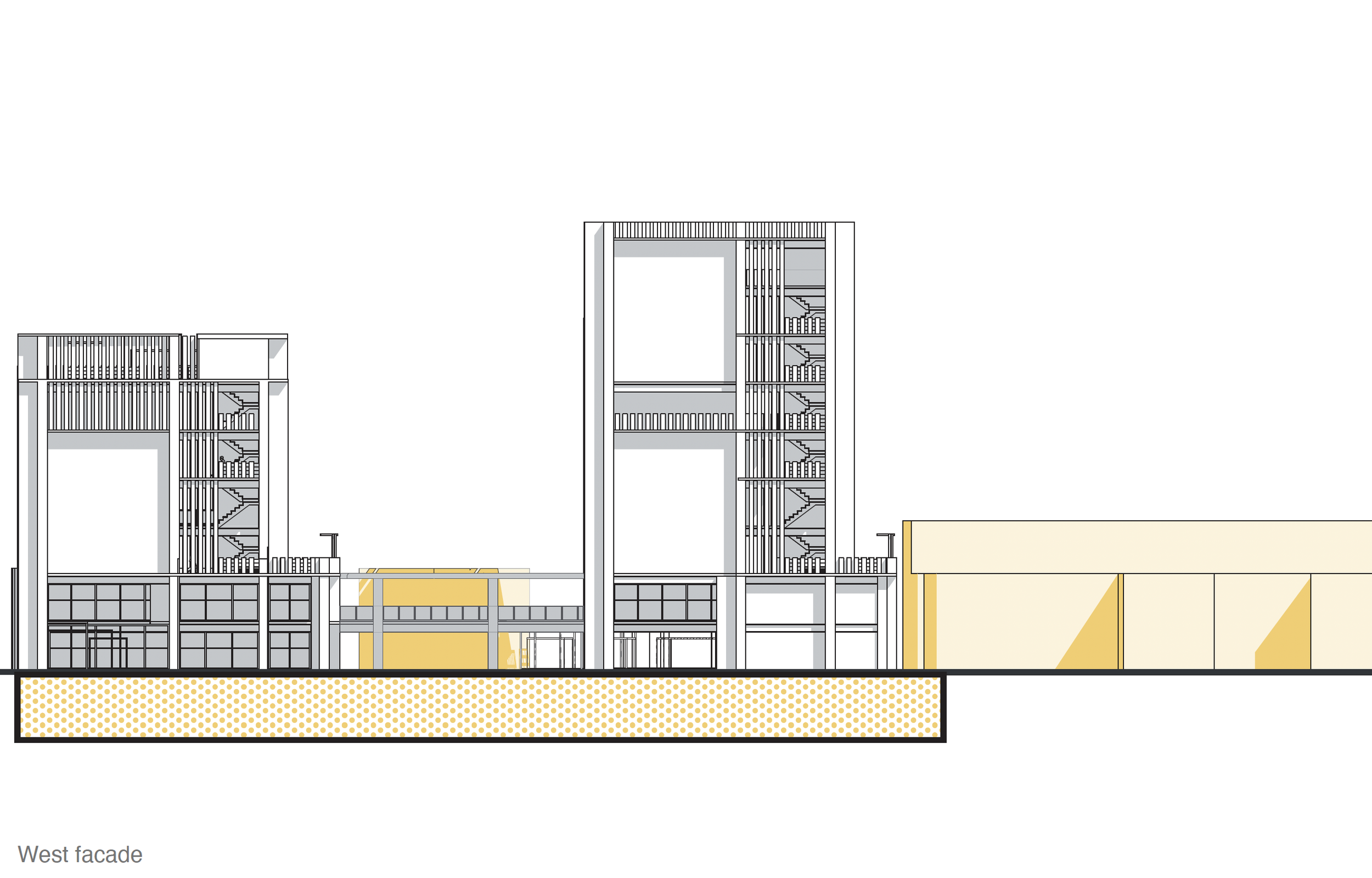
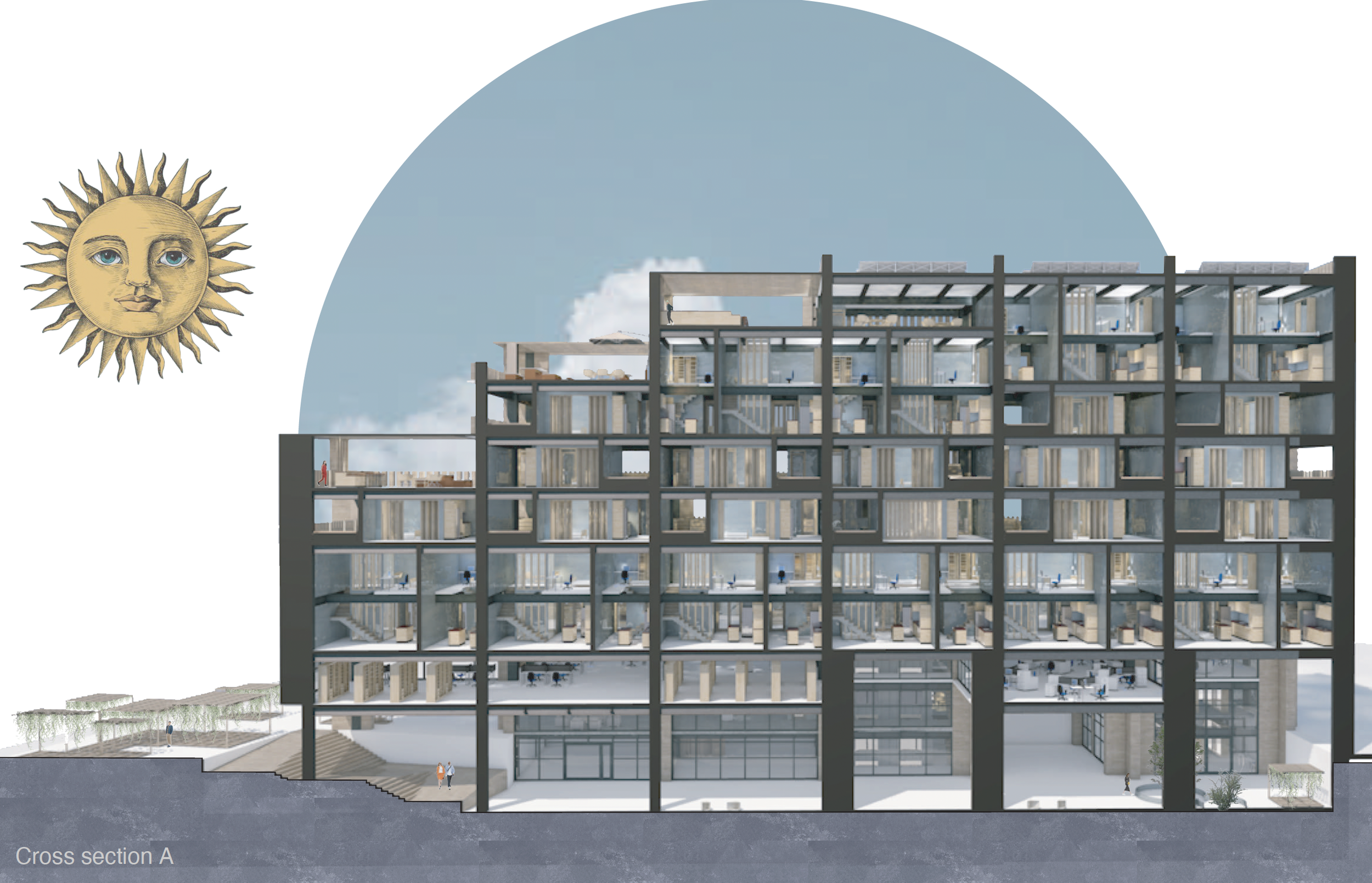

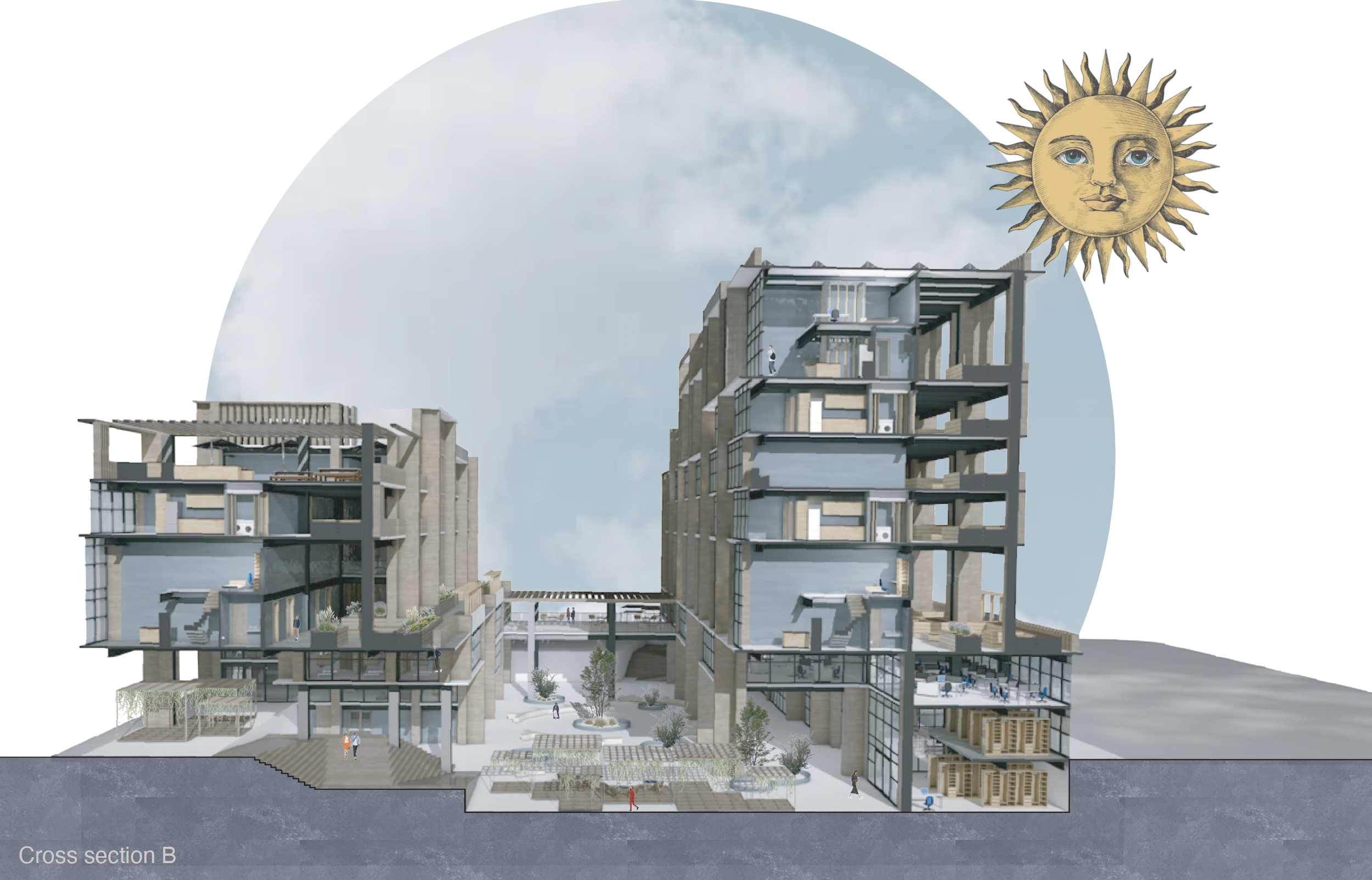
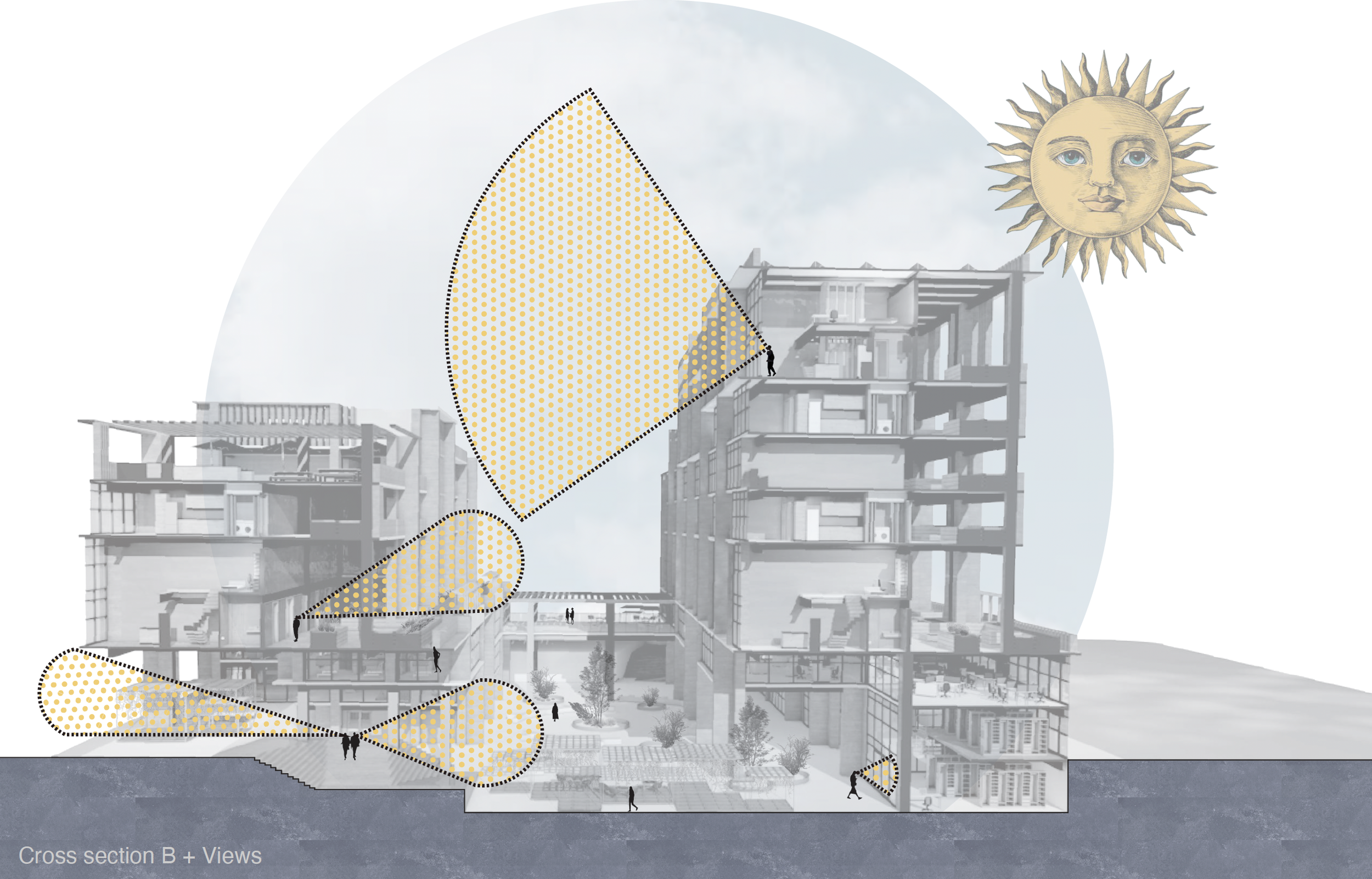
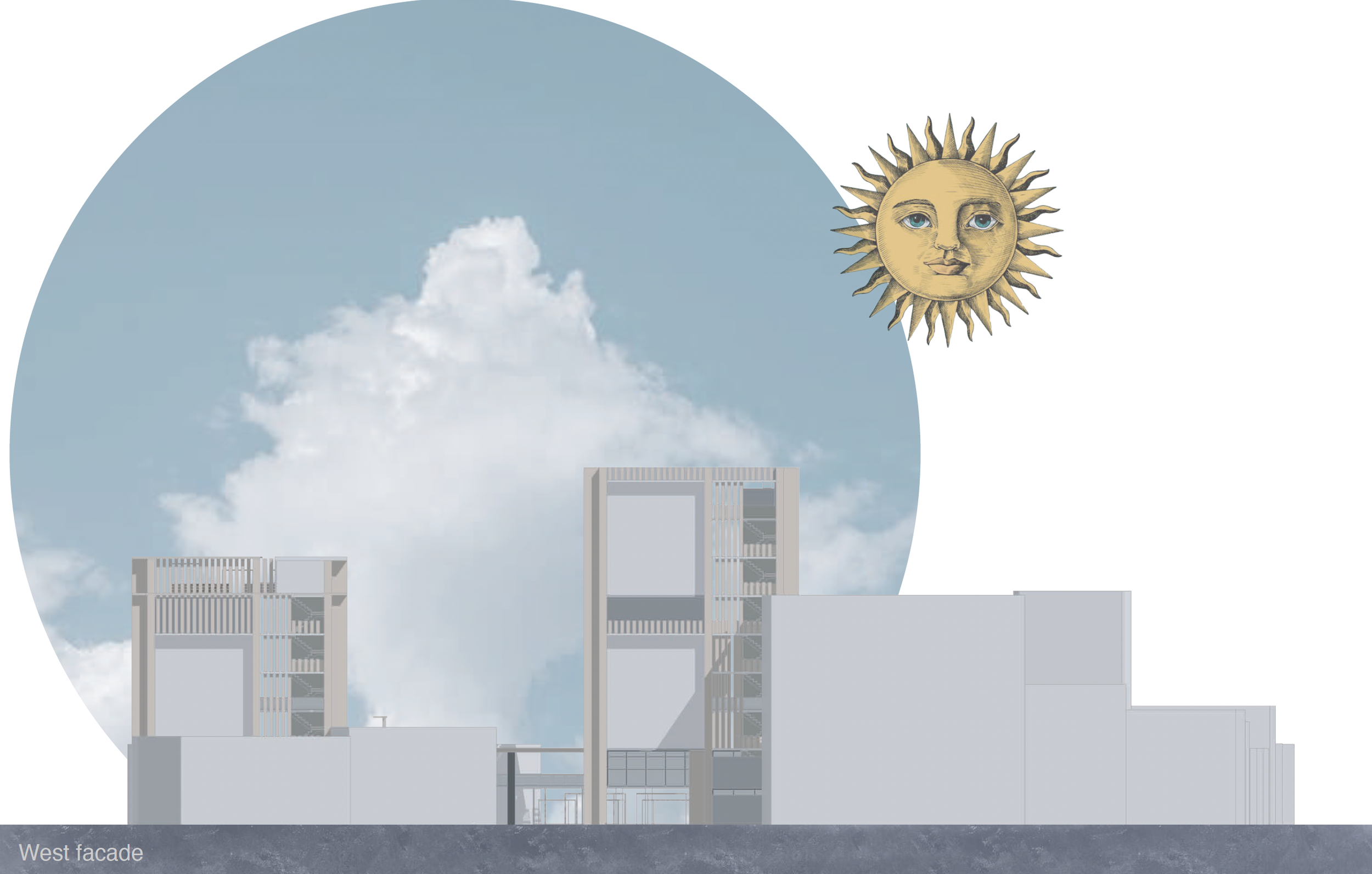
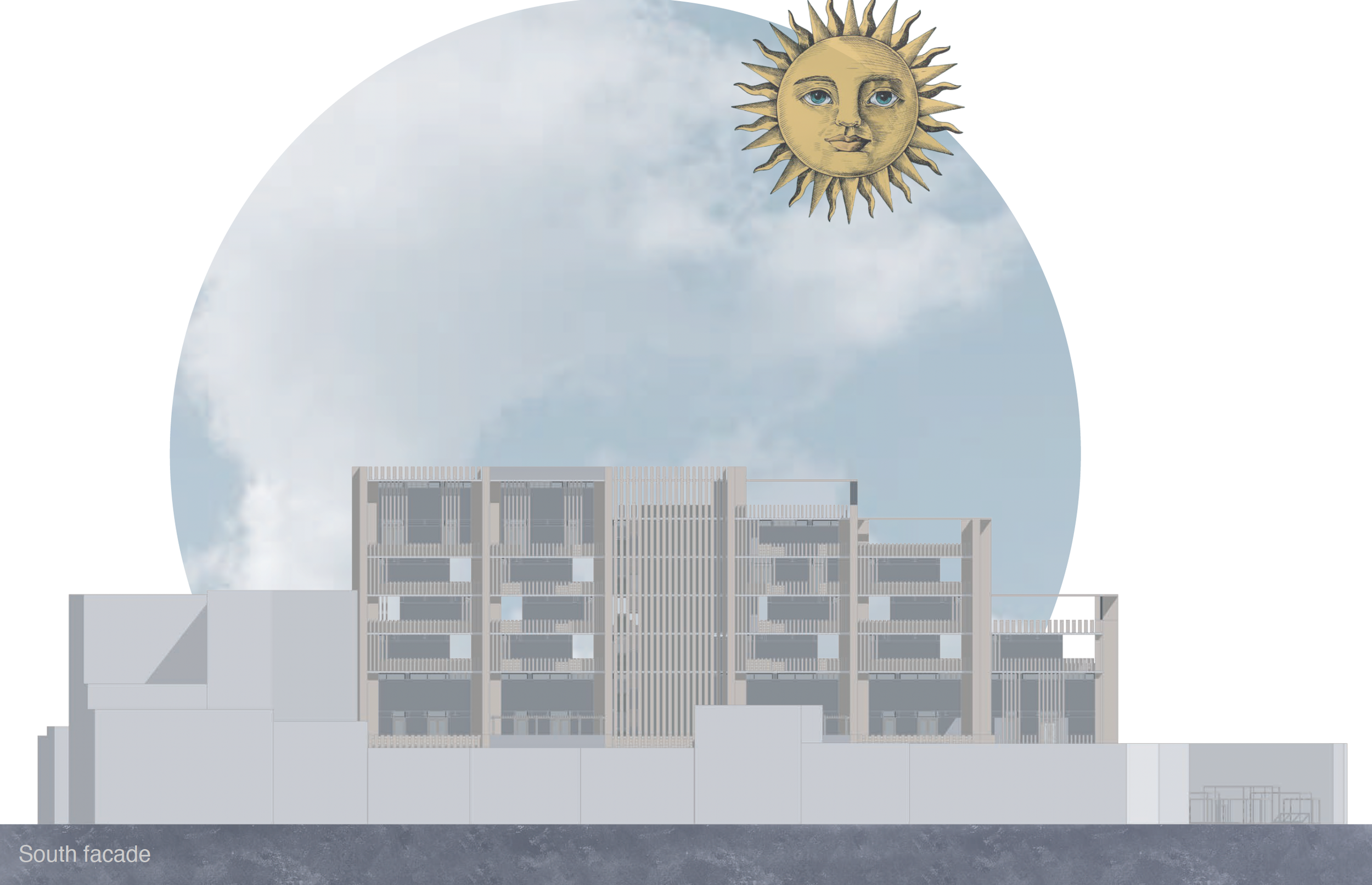
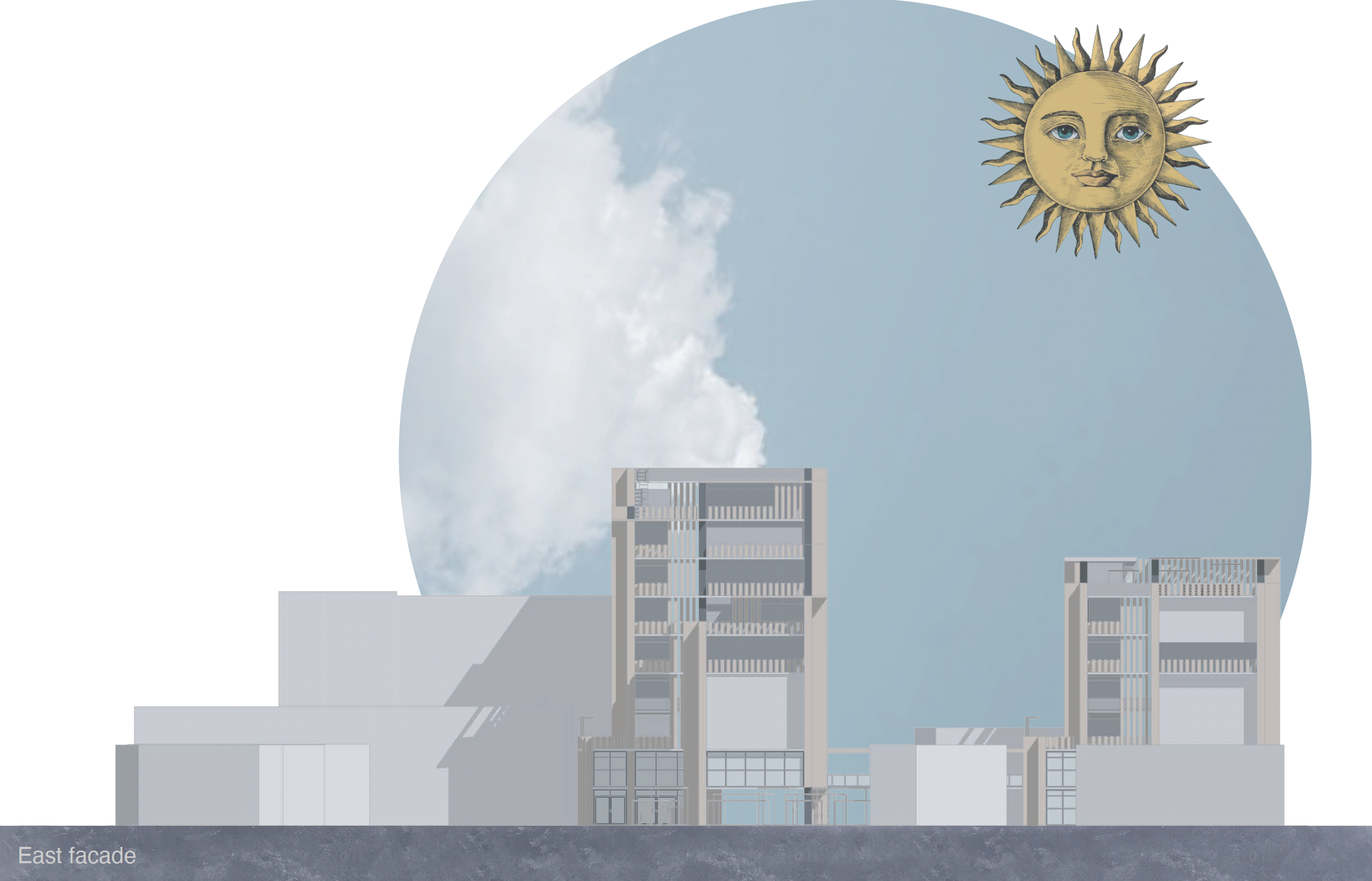
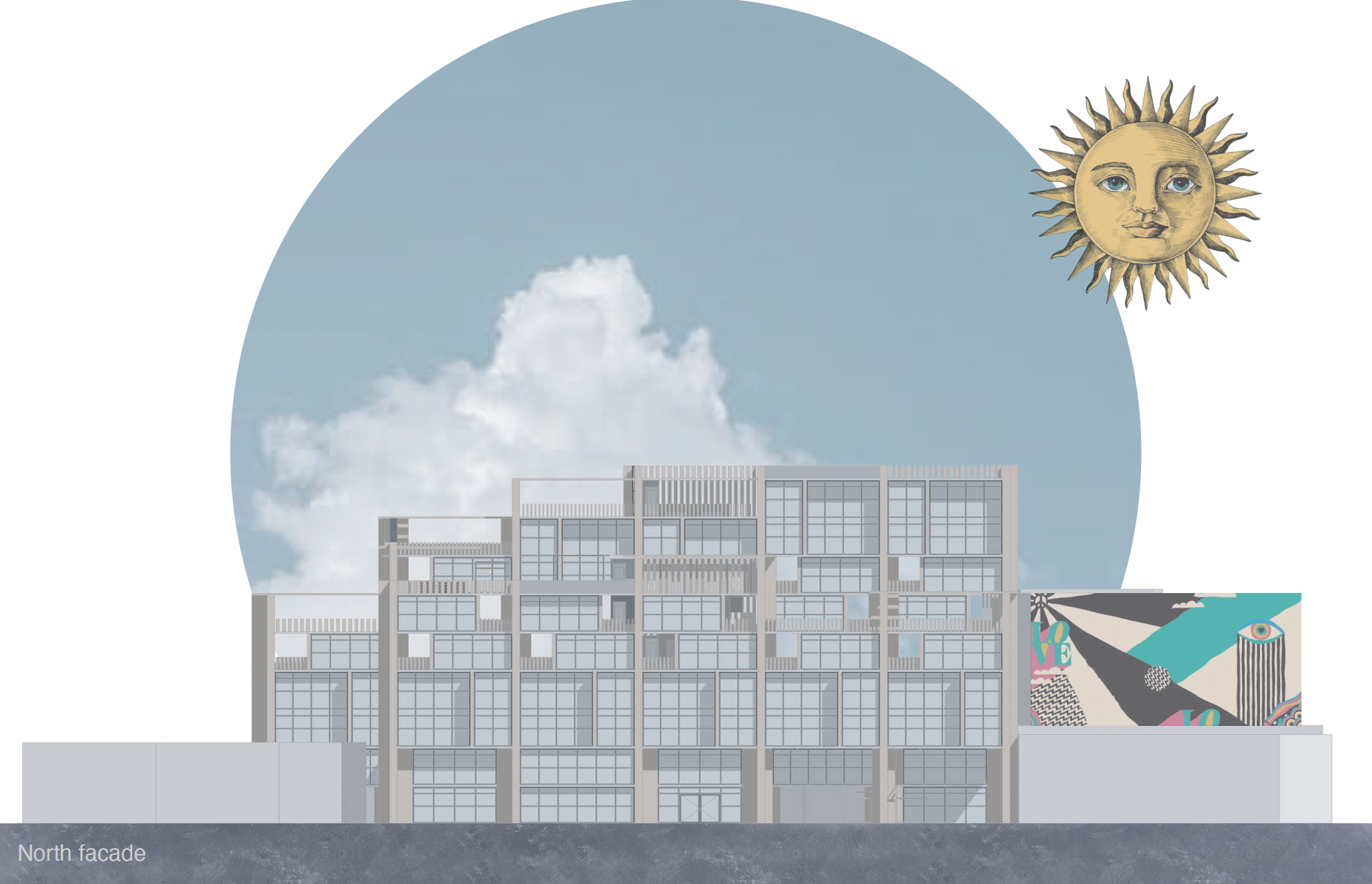
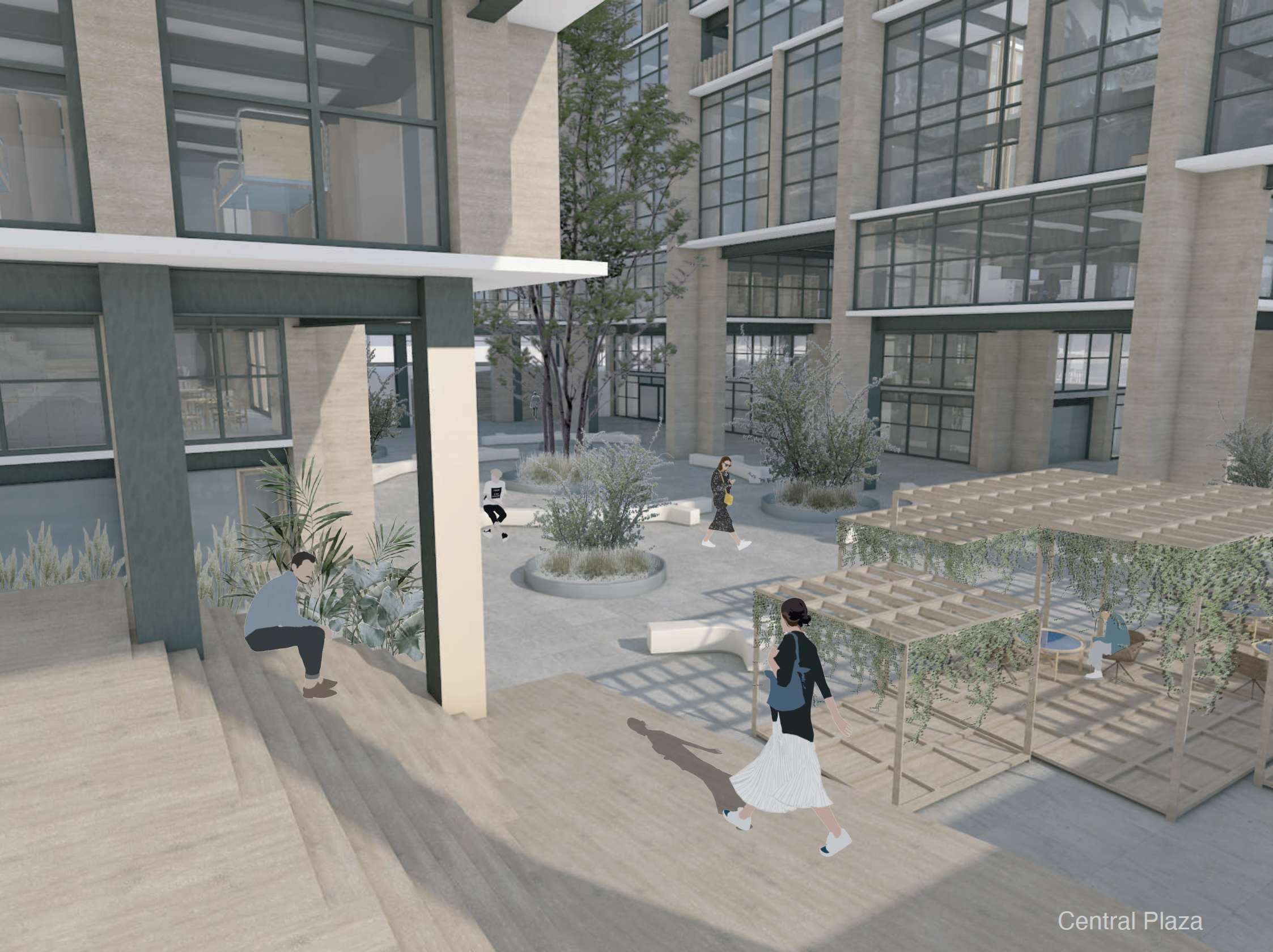
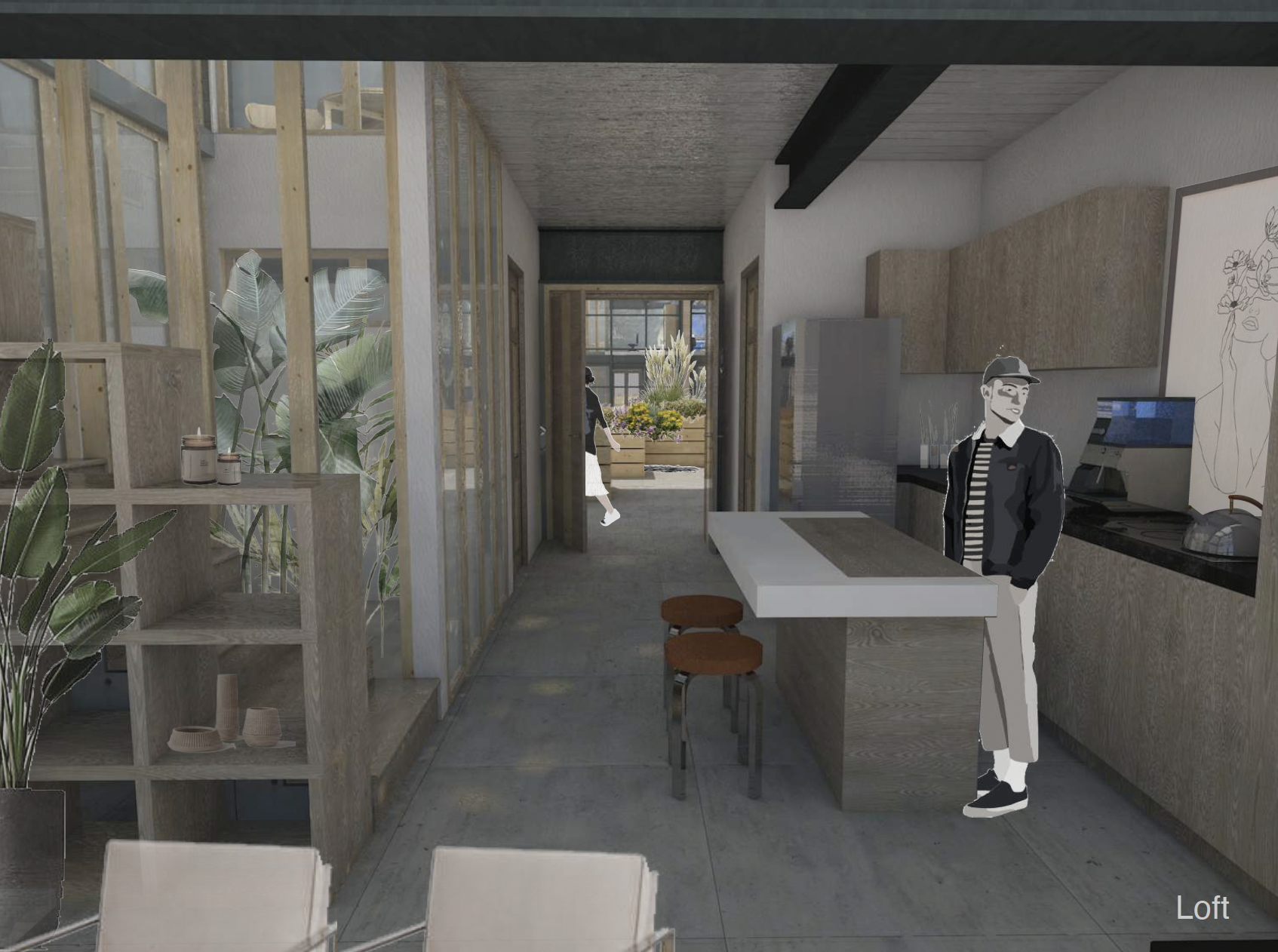
MANIFEST
THE REVIVAL OF THE CITY
The importance of having spaces for social and cultural interaction has been a recurring theme in the basic needs of cities. Unfortunately, over the years and due to increasing inequality and security issues, social interaction, identity, and active social life have been fading away.
Today, we can observe sparsely populated and even segregated areas in cities. For this reason, it is necessary to create a repopulation strategy in these areas, promoting a process of urban containment that can also inhibit the uncontrolled expansion of urban sprawl. This will lead to a change in the urban fabric of the area, where the integration of mixed-use is consolidated, diversifying the range of land uses, and encompassing a wide range of housing types and socioeconomic strata.
We are witnessing significant demographic changes, as the population will continue to increase until it reaches its most critical point. From there, there will be a considerable decrease, with a 3:1 ratio between retirees and workers. Societies are becoming increasingly dynamic, and population dynamics will be transformed almost entirely in a nearer future than we think.
As architects, we must think about the future of urban living and, above all, the people who will inhabit it. With that in mind, we should start focusing on the elderly who have been excluded from civic participation, and who are being pushed into oblivion. This leads to a loss of the value of the family and results in behaviours of social isolation, loneliness, and vulnerability.
As a society, we have an obligation to regain two essential points. The first is the visibility and care for our elderly. The second is the value of the family. The visibility and care for our elderly are part of the strategy, as they were and are the foremost representatives of identity, culture, traditions, and customs. We must have the need to draw on their experiences and life stories to enrich ourselves as a community.
On the other hand, the value of the family is very characteristic of Mexican cities, where the central point is coexistence, identity, and attachment. This can be achieved through the promotion of innovative programs that meet the specific needs of the elderly while maintaining their independence. It also represents the experience and wisdom they have gained over time.
Advocating for the connection between this sector of the population and young people, who are seen as the future of society, where both can converge in interesting and educational interactions, sharing mutual knowledge and improving social fabric. Both sectors will experience informal and spontaneous encounters, sharing common spaces and having access to services, but not sharing living spaces. The relationship between both should develop in a family environment.
The unity and coexistence between both sectors will promote generational diversity, thus increasing knowledge and the establishment of interpersonal relationships.

